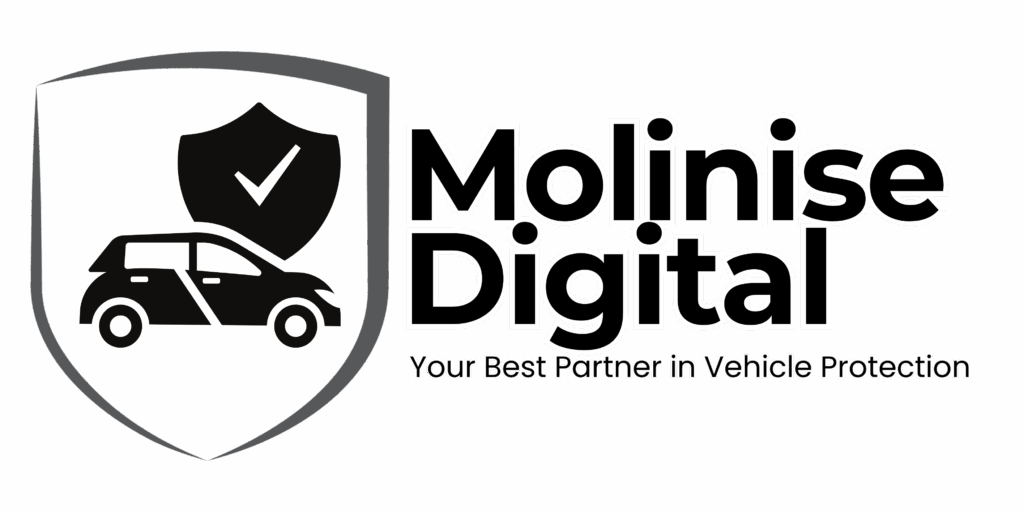In today’s economic climate, where every dollar counts, many drivers are feeling the squeeze of rising auto insurance premiums. Whether you’re a new driver or someone who has been on the road for decades, there’s a good chance you’ve looked at your monthly insurance bill and wondered why it continues to climb. This growing frustration is shared by millions across the country, especially those who haven’t filed any claims or made any significant changes to their driving habits. The truth is, while premiums are influenced by a number of factors—some outside your control—there are many proven ways to bring those numbers down. From shopping smarter to making subtle tweaks to your coverage, there are strategies every driver can implement right now. In this in-depth guide, we’ll explore ten practical methods to lower your auto insurance premium while still keeping your protection intact.
1. Shop Around and Compare Quotes
Auto insurance isn’t a one-size-fits-all product. Rates can vary widely between insurance providers based on how they assess risk. Taking the time to compare quotes from multiple companies can make a substantial difference. According to a recent industry study, drivers who compare policies can save as much as 20% annually. Use online comparison platforms to streamline your research and avoid overpaying for the same coverage.
2. Bundle Your Policies
Bundling your auto insurance with other policies—such as homeowners, renters, or even life insurance—can unlock significant discounts. Insurance companies value customer loyalty and often reward it with multi-policy savings that can range from 10% to 25%. If you’re not bundling already, ask your insurer about available options or shop for one that offers competitive package deals.
3. Raise Your Deductible
A deductible is the amount you pay out of pocket before your insurance kicks in. By increasing your deductible from $250 to $500 or even $1,000, you can see a noticeable reduction in your monthly premium. However, make sure you have emergency funds set aside to cover this amount should you need to file a claim.
4. Maintain a Clean Driving Record
Nothing affects your insurance premium more than your driving history. Avoiding speeding tickets, accidents, and other infractions can lead to long-term savings. Many insurers offer safe driver discounts or even accident forgiveness programs. Consider enrolling in telematics programs that monitor driving behavior and reward safe habits with lower rates.
5. Ask About Low Mileage Discounts
If you drive fewer miles than the average commuter, you may be eligible for a low mileage discount. This is especially relevant for those who work remotely or have transitioned to hybrid schedules. Some insurance companies even offer pay-per-mile plans where your premium is based on how much you actually drive.
6. Install Safety and Anti-Theft Devices
Vehicles equipped with safety features like automatic braking systems, lane departure warnings, and anti-theft alarms are statistically less likely to be involved in claims. Insurance companies often recognize this by offering discounts of 5% or more. Dash cams and GPS tracking systems can also enhance your eligibility for additional savings.
7. Improve Your Credit Score
While it may come as a surprise, your credit score plays a role in determining your insurance premium in most states. Insurers see a correlation between good credit and lower claims risk. Paying bills on time, reducing credit card balances, and limiting hard inquiries can help raise your score and lower your insurance costs.
8. Take a Defensive Driving Course
Enrolling in a defensive driving course can not only make you a safer driver but also lead to insurance discounts. Many insurers recognize the value of continued education and offer up to 10% off for drivers who complete certified programs. Check with your provider for approved courses in your state—many are available online.
9. Review and Update Your Coverage Regularly
Your insurance needs change over time. If you’re driving an older vehicle, it may not make financial sense to maintain full coverage. Liability coverage might be sufficient depending on the car’s value. On the flip side, you may need to increase coverage if your financial situation has changed. Annual policy reviews ensure you’re not paying for more (or less) than you need.
10. Check for Group or Membership Discounts
Membership in certain professional groups, alumni associations, unions, or even wholesale clubs like Costco can make you eligible for exclusive discounts. Ask your HR department or check your memberships to see if you qualify for any of these lesser-known opportunities to save.
Conclusion: A Smarter Way to Save
Lowering your auto insurance premium doesn’t require drastic changes—just smarter choices. By evaluating your driving habits, leveraging discounts, and staying proactive about your coverage, you can enjoy substantial savings over time. Auto insurance is essential, but overpaying for it is not. Make these ten steps part of your annual financial checklist and take back control of your insurance costs.

